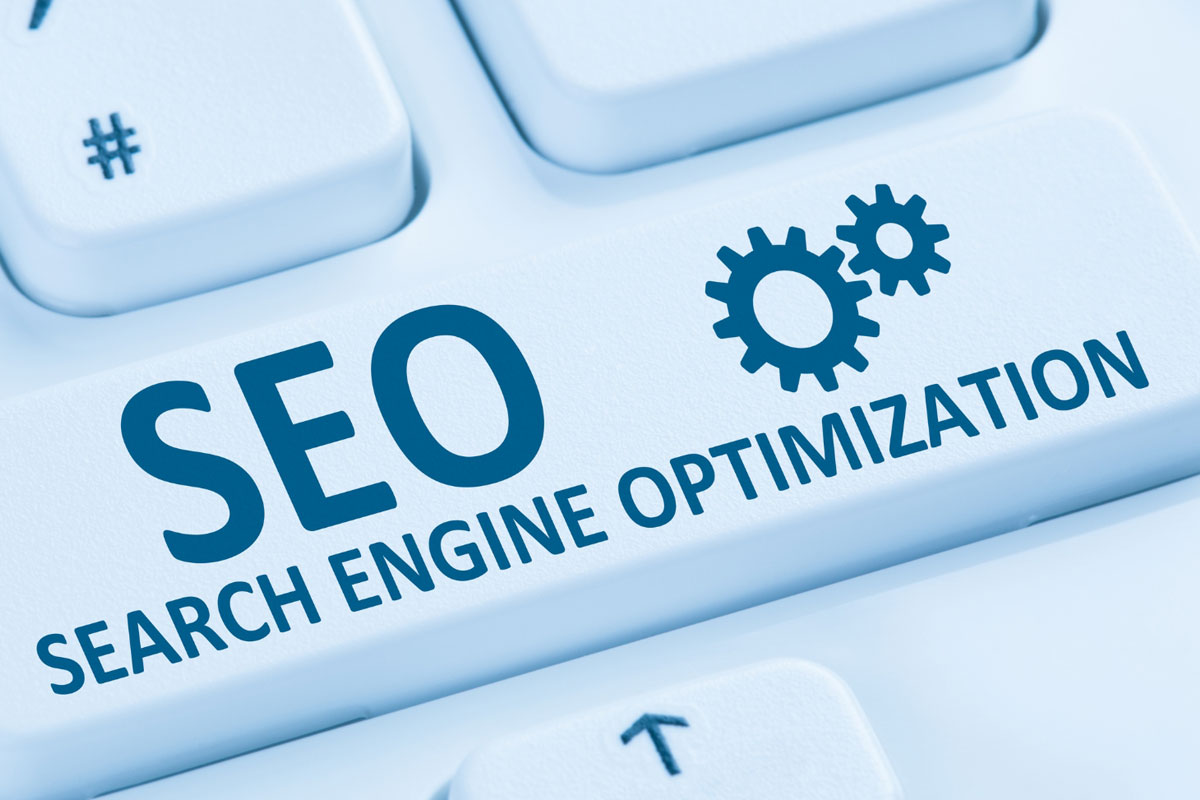
The implementation and optimization phase is crucial for putting your SEO strategy into action and ensuring your website is fully optimized for search engines. This phase involves making on-page changes, optimizing technical elements, and building a robust backlink profile.
Introduction to Implementation and Optimization
Purpose and Importance of Implementation Implementation is the process of executing your SEO strategy by making necessary changes to your website. Optimization involves continuously refining these changes to improve your website’s performance in search engine results. Both are essential for achieving your SEO goals and driving organic traffic.
Overview of the Optimization Process The optimization process includes on-page SEO changes, technical SEO improvements, and off-page SEO activities such as link building. Each step is critical for enhancing your website’s visibility and ranking in search engine results.
Implementing On-Page SEO Changes
Optimizing Meta Tags and Headers
- Title Tags: Ensure title tags are unique, descriptive, and include primary keywords. Keep them within the recommended length of 50-60 characters.
- Meta Descriptions: Write compelling meta descriptions that summarize the page content and include relevant keywords. Aim for 150-160 characters.
- Header Tags: Use header tags (H1, H2, H3) to structure your content. The H1 tag should include the primary keyword, while H2 and H3 tags can be used for subheadings.
Enhancing Content Quality and Keyword Usage
- Keyword Integration: Naturally incorporate primary and secondary keywords into your content. Avoid keyword stuffing and ensure the content remains readable and valuable.
- Content Quality: Focus on creating high-quality, informative content that addresses the needs and questions of your target audience. Regularly update content to keep it current and relevant.
- Content Structure: Use bullet points, numbered lists, and short paragraphs to make content easy to read. Include multimedia elements like images and videos to enhance engagement.
Improving Internal Linking and URL Structure
- Internal Links: Add internal links to connect related pages within your website. Use descriptive anchor text to improve user experience and distribute link equity.
- URL Structure: Ensure URLs are clean, descriptive, and include relevant keywords. Avoid using unnecessary parameters and special characters.
Optimizing Technical SEO Elements
Improving Site Speed and Performance
- Page Speed: Use tools like Google PageSpeed Insights to analyze and improve page load times. Optimize images, minify CSS and JavaScript, and leverage browser caching.
- Core Web Vitals: Monitor and optimize Core Web Vitals metrics, such as Largest Contentful Paint (LCP), First Input Delay (FID), and Cumulative Layout Shift (CLS).
Ensuring Mobile Usability and Responsiveness
- Mobile-Friendly Design: Ensure your website uses a responsive design that adapts to different screen sizes and devices. Test mobile usability with Google’s Mobile-Friendly Test.
- Mobile Performance: Optimize for mobile performance by improving load times, simplifying navigation, and ensuring touch elements are easy to use.
Fixing Crawl Errors and Implementing Structured Data
- Crawl Errors: Use tools like Google Search Console to identify and fix crawl errors, such as broken links, 404 errors, and redirect issues.
- Structured Data: Implement structured data (schema markup) to help search engines understand your content better. Use structured data to enhance search results with rich snippets.
Building and Acquiring Backlinks
Developing a Link-Building Strategy
- Target Websites: Identify high-authority websites relevant to your industry for backlink opportunities. Focus on sites with high domain authority and good reputation.
- Content Creation: Create high-quality content, such as blog posts, infographics, and research reports, that naturally attract backlinks.
Outreach and Relationship Building
- Outreach Emails: Craft personalized outreach emails to website owners and bloggers. Highlight the value of your content and explain why it’s relevant to their audience.
- Guest Posting: Write guest posts for reputable websites in your industry. Include links back to your website within the content to build backlinks and drive traffic.
Monitoring and Maintaining Backlink Quality
- Backlink Analysis: Use tools like Ahrefs, SEMrush, or Moz to monitor your backlink profile. Identify and disavow toxic backlinks that could harm your rankings.
- Link Maintenance: Regularly check the status of your backlinks. Ensure that acquired links remain active and relevant, and replace any broken links as needed.
Key Tasks in SEO Implementation
| Task | Description | Best Practices |
|---|---|---|
| Title Tag Optimization | Crafting unique and descriptive title tags | Include primary keywords, keep within 50-60 characters |
| Meta Description Optimization | Writing compelling meta descriptions | Summarize content, include relevant keywords, aim for 150-160 characters |
| Header Tag Structure | Structuring content with H1, H2, and H3 tags | Use H1 for main title, H2/H3 for subheadings |
| Keyword Integration | Incorporating keywords naturally into content | Avoid keyword stuffing, ensure readability |
| Content Quality | Creating high-quality, informative content | Address audience needs, regularly update content |
| Internal Linking | Adding links to connect related pages | Use descriptive anchor text, distribute link equity |
| URL Structure | Ensuring clean and descriptive URLs | Include relevant keywords, avoid unnecessary parameters |
| Page Speed Optimization | Improving page load times | Optimize images, minify CSS/JavaScript, leverage caching |
| Mobile Usability | Ensuring a responsive and user-friendly design | Use responsive design, test with Google’s Mobile-Friendly Test |
| Crawl Error Fixing | Identifying and fixing crawl errors | Use Google Search Console, fix broken links and 404 errors |
| Structured Data Implementation | Adding schema markup to enhance search results | Implement relevant schema types, test with Google’s Rich Results Test |
| Link-Building Strategy | Developing a plan for acquiring high-quality backlinks | Target high-authority sites, create valuable content |
| Outreach and Relationship Building | Crafting personalized outreach emails and guest posts | Highlight content value, build relationships with industry websites |
| Backlink Monitoring | Analyzing and maintaining backlink profile | Use tools like Ahrefs, disavow toxic backlinks |
In the next article, we will dive into Phase 5: Monitoring and Reporting, discussing how to set up SEO monitoring tools, regularly track performance, and make data-driven adjustments.

